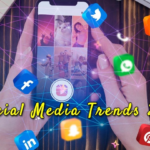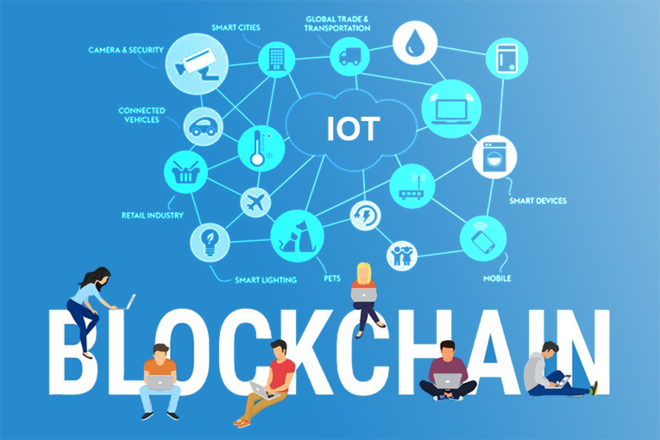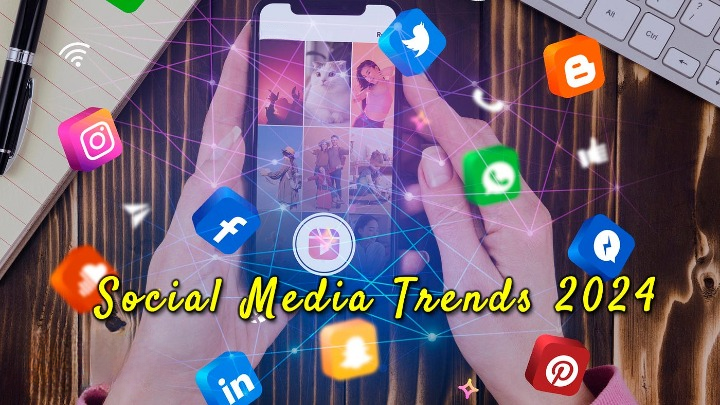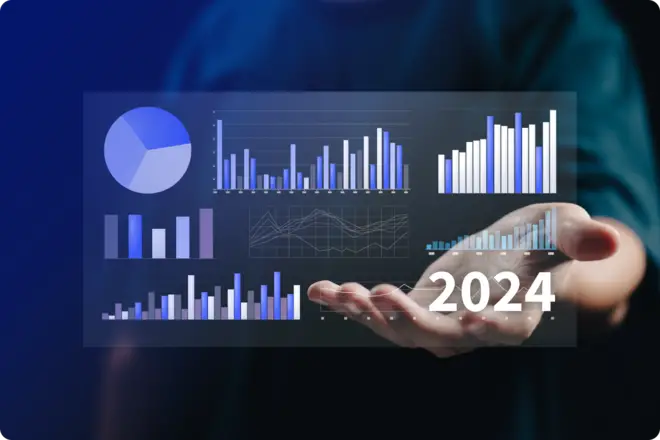The Internet has turned into a vital component of our lives. It’s linked to every single aspect of human life starting from occupational, communication, educational, financial to recreational activities. The Internet is an important component of the modern lifestyle. It’s hard to comprehend our lives without it. More so, the global pandemic has forced the civilized world to go virtual and ensured greater dependency on the Internet. As the Internet is here to connect people, the Internet of Things (IoT) is for connecting the devices. Today, more devices are connected to the Internet than people. Next, there is a lot of development related to Crypto-currency and Blockchain technology. What is Blockchain Internet of Things?
Blockchain and the Internet of Things
Blockchain and the Internet of Things (IoT) are the two most important digital transformation technologies. What would be the effect of a combination of blockchain Internet of Things? Blockchain is a type of Distributed Ledger Technology that has been gaining enormous attention beyond its cryptocurrency arena. There are many terminologies in addition to blockchain Internet of Things such as blockchain and logistics, blockchain and cybersecurity, blockchain and finance so on.
- Internet of Things: Today, the technology can connect any device to the web and simultaneously many other devices. There is a complex network of things connected that collects and shares the data. These devices include many objects for example wearable devices, sensors, self-driving cars, smart microwaves, etc.
- Blockchain Technology: Blockchain is a Distributed Ledger technology, originally devised for Bitcoin cryptocurrency. Blockchain technology is a platform that works for the transmission of digital data without the risk of getting copied. Blockchain is a type of algorithm and data distribution structure for managing electronic cash devoid of any intervention from a centralized authority. It is programmed for recording all financial transactions and everything that carries value.
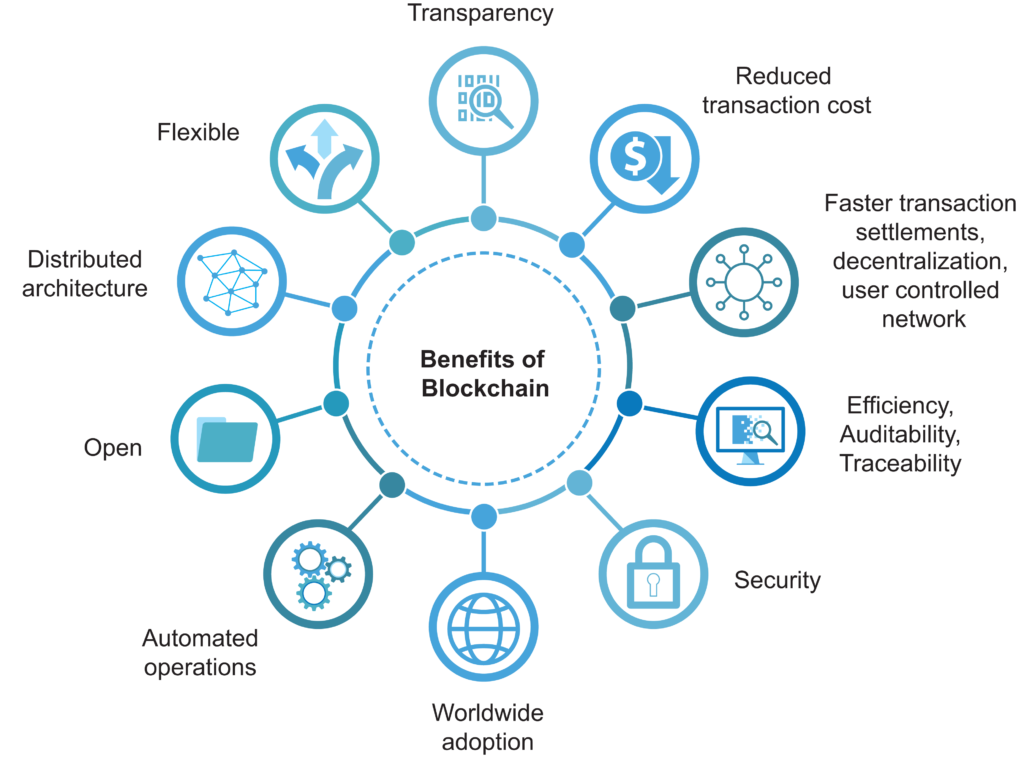
Future of Internet of Things
- It is expected that nearly 21 billion IoT devices will remain connected by 2025. In 2016, there were just 4.7 billion things remained connected to the internet.
- IoT experts feel that there is a greater chance of DDoS (Distributed Denial-of-Service) attacks from Cybercriminals using IoT devices. The world has already seen the first “Internet of Things” malware in 2016. This malware can infect connected devices such as DVRs, close-circuit cameras, and many more devices, including stealing passwords and usernames. As there is a greater clamor for open source code, it means the code can be available and modified by anyone. These IoT-oriented DDoS attacks could take more dangerous forms.
- Only consumers won’t use IoT devices but a growing number of cities and companies will use smart technologies for saving their time and money. It means cities will get automated, remotely collect, and manage data through things such as video camera surveillance systems, kiosks, bike rental stations, and taxis.
- Artificial Intelligence and Machine Learning continue to grow as there will be more use of voice-controlled devices. Machine learning is a type of AI that enables computers to learn without getting programmed. The computers are programmed in such a way that they adjust themselves according to your preferences and learn as they receive the data.
- The Routers will go on becoming more secure and smarter as they are the entry point of the internet to homes and businesses.
- 5G Networks will continue to help in the growth of IoT. Simultaneously, it might open up greater privacy and security concerns. As there would be greater security and privacy concerns, we might see new legislation and regulatory activities.
- The car will get even smarter with the arrival of driverless cars and the cars will become high-tech by increasingly analyzing your data and will connect with other IoT devices.
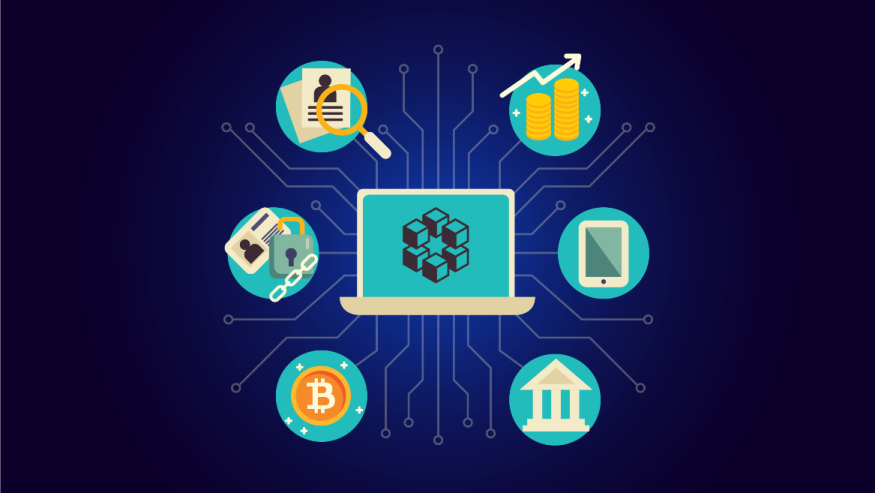
The Internet of Things (IoT) can connect all devices via the cloud and undergird the infrastructure of smart cities so that communication will be more efficient than what it is today. But it will make sensitive data more vulnerable to cyber-attacks. The risk of cyberattacks can be fixed by blockchain technology. As blockchain involves a decentralized digital ledger of transactions, it records data and prevents the hacking and altering of the data.
Blockchain allows “smart contracts” to happen autonomously in a decentralized way and will create a web of connected devices. It will give the user control over his/her data.
Merger of Blockchain and IoT
There are many impediments to the complete merger of blockchain and IoT. Today, all IoT devices that talk to each other will be on one blockchain. Nowadays, the Internet runs on a vast network of web servers. Similarly, IoT will depend on a network of blockchains in the future. Scalability would be a major concern in the merger of IoT and blockchain.
Though there are obstacles to the merger of blockchain and IoT, the integration of both will surely revolutionize the entire process. It will keep the record of each transaction done on the IoT that can’t be altered and will make the data more secured. Moreover, it will streamline the entire supply chain starting from manufacturing to consumers. It gives every stakeholder access to the documentation as and when required. Fully integration of IoT and blockchain will bring the industries that depend on each other. For example, insurance companies and supply chain logistics are interconnected and will turn seamless.
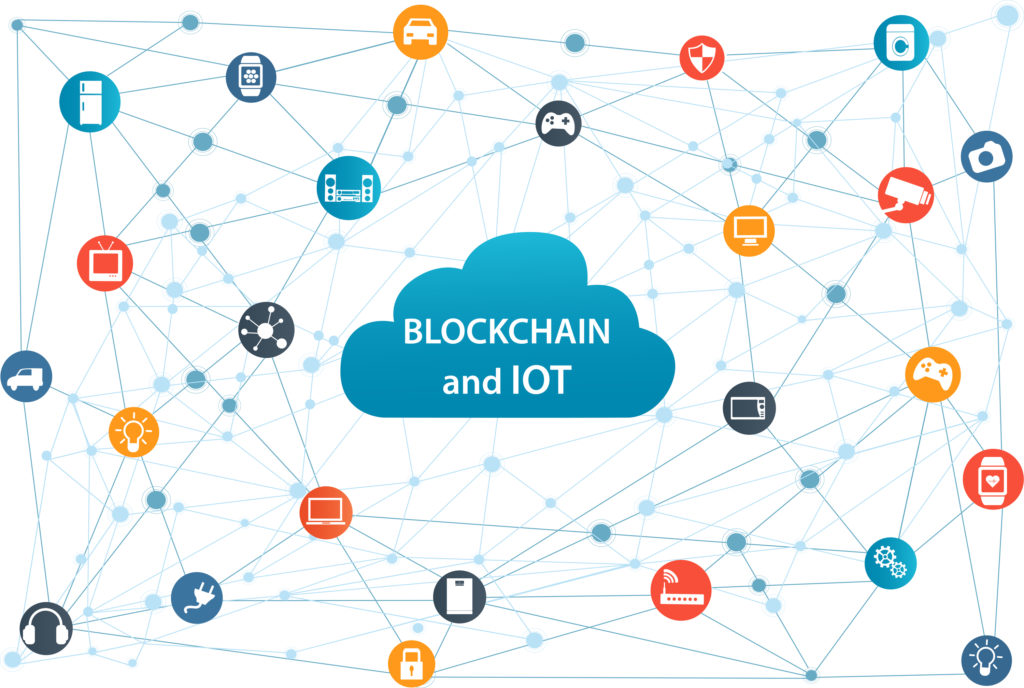
How could Health and Finance sectors benefit from Blockchain & IoT?
Global pandemic evolved a huge logistical problem for vaccine distributors as well as health care workers worldwide. There are Covid19 vaccines that need to be kept below zero-degree temperatures. Otherwise, they will start to degrade. Blockchain Internet of Things combination can streamline the operations and enhance distribution.
Vaccine producers can install IoT sensors on vaccine packets that will allow the distributors to track and monitor the location and temperature during delivery. If there is any problem, they can quickly identify fix problems as they come up. As the consignments arrive at the vaccine centers, the people in charge can scan the consignments and get the impression about the quality of vaccines.
Blockchain and IoT also can revolutionize finance that is through smart payments. For example, JPMorgan Chase & Co recently successfully experimented the blockchain payments between satellites revolving around Earth. As part of this experiment, the bank worked with GOMspace, a nano-satellite supplier that allowed them to run software on their satellites. The test revealed that blockchain networks can make transactions between the devices and build a marketplace as the satellites send data to each other while exchanging money. Same way, with a smart refrigerator connected to the IoT, it can be possible to order food by an e-commerce site. Then, it will give an autonomous vehicle the capability to buy gas.
Use Cases for Blockchain and IoT
- Blockchain Internet of Things in combination can be used in supply chain/ smart contracts for quality assurance. For example, Perishable goods like wine or rare foods are generally subjected to varying temperatures and exposure to light during transportation and warehousing. Blockchain and IoT combination can monitor and identify the journey from the manufacturers to retailers so that it will be easier to find out the data related to location and temperature subsequently quality check.
- There are some blockchain models which allow organizations to store and run immutable algorithms in a distributed and decentralized way. These are often called smart contracts. These algorithms help the companies in encoding the business and domain rules automatically.
- IoT devices like temperature sensors can continuously monitor the package temperature and send data to the running smart contract. That will in turn inform the stakeholders about temperature drop. As the smart contract operates on the top of the blockchain, the underlying temperature data will be stored in an immutable data structure. The chance of data tampering won’t arise.
- IoT sensors can be installed in leased trucks to monitor their whereabouts, the path and record key events on a blockchain so that it would be easier to manage the truck fleet and will create more meaningful billing practices.
- IoT sensors on oil and water wells will enable the oil companies to better manage and monitor the performance of hauling companies that extract oil and water from the wells and transport them to different destinations, including waste dumping and environmental implications.


